Europe by rail: practical travel tips when travelling on a Eurail Pass
A global pass means you can snag a first-class seat and take your time around the Continent for less than $1000. Here is how.
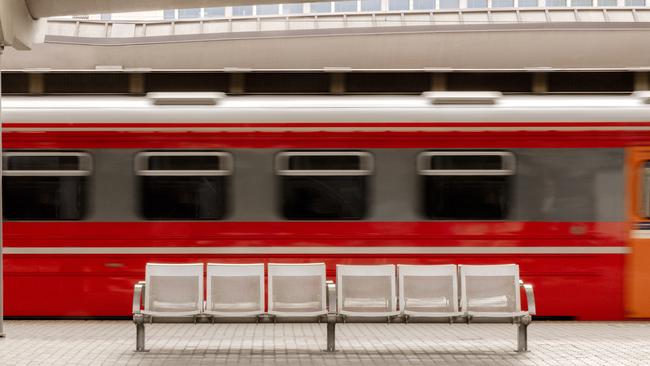
As I fly into Oslo, the land lies low under heavy April skies; darkly forested and snow-drifted, the sun spotlighting the slick surfaces of iced-over lakes. It looks like a place of fables, light and shade; a beauty that needs to reveal itself in stages.
Fortuitously, I’m embarking on a rail journey through Norway, Sweden and Denmark that’s all about slowing down and seeing things differently. I’m on a first-class Eurail Global Pass, which, for a modest premium, is less about silver service than access to quieter, roomier carriages, more luggage space and, sometimes, complimentary tea and coffee. While differing slightly between carriers, it’s about being part of the local travel experience and the joy of bypassing manic airport dashes and queues. Instead, I will slide straight into the slipstream of each destination, the train delivering me directly into its beating heart.
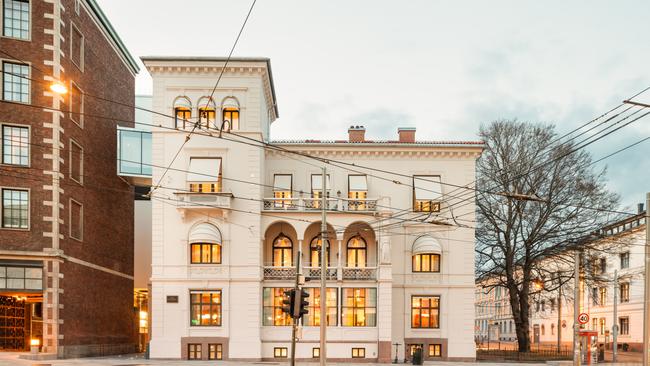
My first stop, Oslo’s Sommerro hotel, is a five to 10-minute walk from Nationaltheatret station (I do wish I’d packed a little lighter, to help with storing luggage on-board and trundling to and from stations). I’m soon ensconced in the hippest, most ambitious hotel to grace Oslo in years. Like many Scandinavian treasures, Sommerro is an example of upcycling at its finest; the former HQ of Oslo’s electricity company has been spectacularly reimagined as a new Nordic invocation of some heady Gatsby-esque social scene, where a live jazz band performs atop a central stage in the Ekspedisjonshallen (one of seven restaurants and bars), while statuesque Scandinavians sip martinis. Rooms are artfully cocooning, though it’s hard to resist the playfully seductive social embrace of this place.
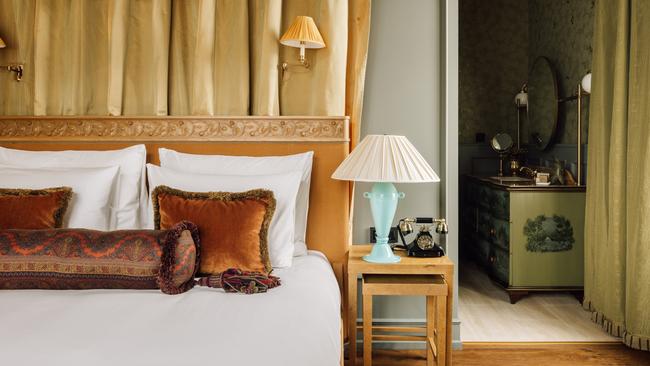
At monolithic cultural cornerstone the National Museum, designer Andreas Bergsaker speaks of the resurgence of traditional Norwegian craftsmanship; his “Haldar” hanging rack for design house Fram Oslo is inspired by traditional kitchen towel holders. Upstairs, artist Britta Marakatt-Labba’s intricately embroidered depictions of native Sami culture and mankind’s impact upon nature are captivating, sparking both sorrow and joy. “Working with embroidery is the aesthetics of slowness,” reads a caption.
Post-sauna sunbathers recline on the Bjorvika waterfront overlooking the Opera House as I approach the Munch museum, which reveals the artist’s fearlessness in poking around the desires, anxieties and shadowy depths of human nature. Ironically, I spend the least time with The Scream (three versions, displayed on rotation), wondering what Edvard Munch would think of the pushy crowd, phones aloft; a “great scream” through technology, perhaps. I board a morning train from Oslo to Gothenburg, cityscape giving way to oxblood-red barns and thickets of fairytale forest ribboned with glassy waters. Crossing into Sweden, grand homes – some with sauna cabins – dot the landscape.
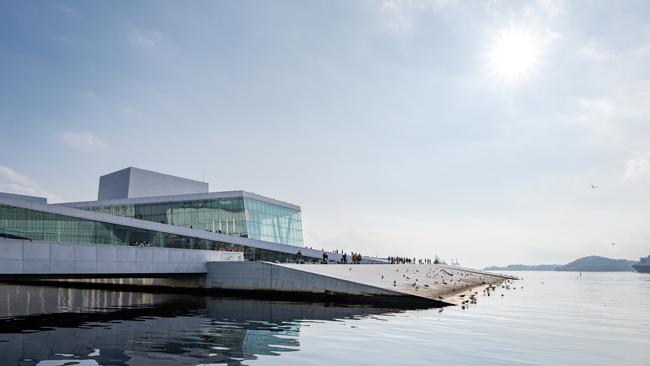
Gothenburg’s vintage blue-and-white trams lend the city centre a retro aesthetic. Fuelled by cardamom buns from Da Matteo bakery, I browse the Scandi-eclecticism of design store Artilleriet, local fashion and vintage stores, before scouring Stora Saluhallen food hall for cream-filled princess cakes, alongside plenty of fodder for the onward journey.
The train to Stockholm traverses increasingly green landscapes, horses with their foals bringing another reminder that spring is swelling. Life outside the cities unfolds hypnotically: neatly tilled fields, a greenhouse, a porch, lace curtains through white-trimmed windows. I pour prosecco from the well-stocked bistro car, its red leather seats worn in like the vintage jackets favoured by stylish natives, as the train tilts around a lake where a diving platform hints at summer fun.
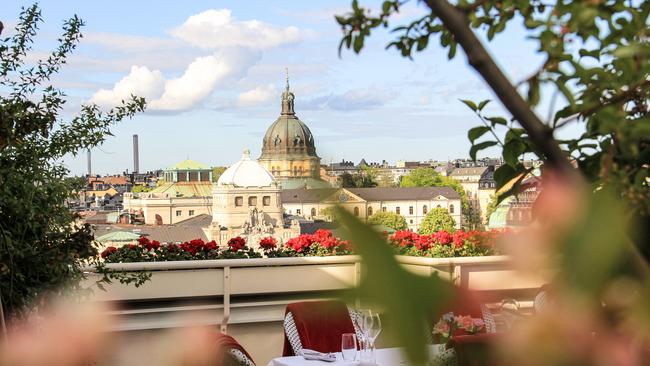
Stockholm greets me with creamy, majestic architecture and elegantly lined waterways. I’m bedding down at Bank Hotel, another beautifully repurposed historic building with an impressive art collection, including a portrait of Brit artist Tracey Emin as Frida Kahlo by Mary McCartney. From Freyja restaurant’s rooftop terrace, I sip cocktails against a neon-pink sunset in the cheek-slapping air before heading inside for darkly sweet kavring (Swedish rye bread); buckwheat crisps with lumpfish roe and sour cream; crispy-leafed brussels sprouts with goat’s yoghurt, chilli oil and eggs boiled to gloopy perfection. It’s about fine yet accessible seasonal fare, explains chef Emma Shields, who believes loyal guests are “the most beautiful thing that exists in this business”.
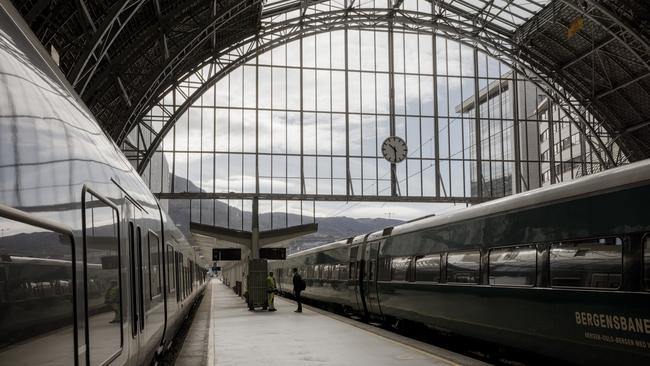
On to Malmo, where I can see my next home – the industrial-chic, seaside Story Hotel Studio – from Central station. Sweden’s third-largest city holds an immediate, intimate charm. A wooden jetty leads to Ribersborgs Kallbadhus, a late 19th-century pistachio-painted ocean bathing setup where women (and men, separately) of all ages strip down – completely – to greet the Baltic Sea freeze with nonchalant stoicism. In the rustic, silent sauna, a window frames an expanse of roiling ocean, which I lose myself in, meditative in the heat.
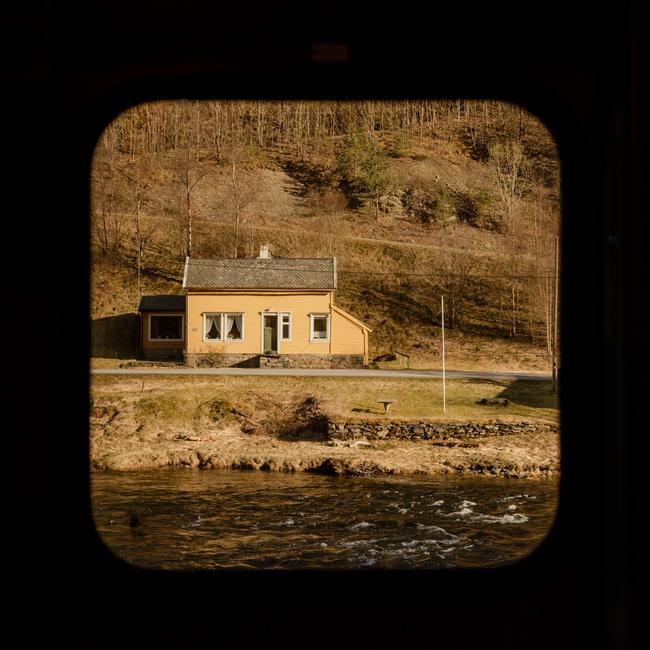
That night I dine with Mia Klitte, who founded supper club A Slice of Swedish Hospitality, at the beautifully welcoming home of Theresia and Joakim Swanholm, and friend Annika Karp. Around the candlelit table set with vintage Rorstrand porcelain, I drink rhubarb punch with “lots of vodka”, followed by much schnapps, leading to a Swedish singalong – my hosts with hands on hearts (“It means your soul is in the song,” explains Joakim). There’s soup made with ramson from Mia’s garden with wine, creme fraiche and chives; vasterbotten cheese quiche with crayfish and sour cream; and gubbrora (“old man’s mush”), a more-ish mixture of Swedish anchovies, eggs and onion. After rhubarb crumble and Swedish strawberry cake I depart, overflowing with the happy flush of communality.
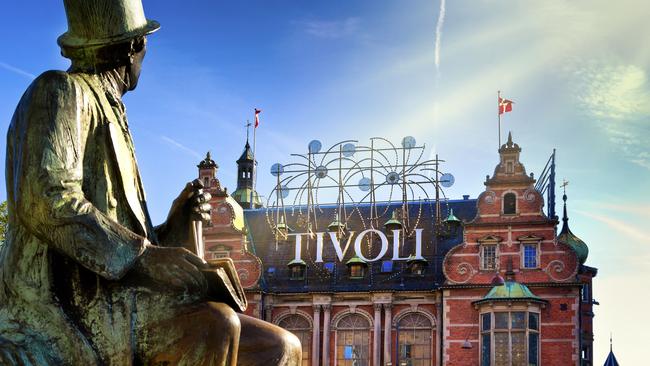
My final stop is Copenhagen, the choppy waters under the Oresund Bridge serving as a rhythmic songline across to Denmark. I cross the street from Central station to Nimb Hotel, overlooking the historic Tivoli amusement park. My split-level suite is plush and soul-settling: four-poster bed, silk sleep mask, herbal footbath. Tivoli is also home to Kilden i haven, part of Loca Gruppen, a restaurant group with a highly accountable approach to sustainable hospitality. I feast on invasive Danish Pacific oysters poached with buttermilk, raspberry oil and onion flowers from the abundant kitchen garden; crispy pork-skin crackers with sauce made from last summer’s pickled tomatoes, and schnapps infused with apples from right outside. “We use what we have,” explains my waiter.
Back home, I’m determined to better appreciate what I have; to resist the overwhelm and the clutter and the surface level. To slow down, commit to a few good things, and enjoy them more fully. I suppose, really, I’d like to be a little more Scandinavian.
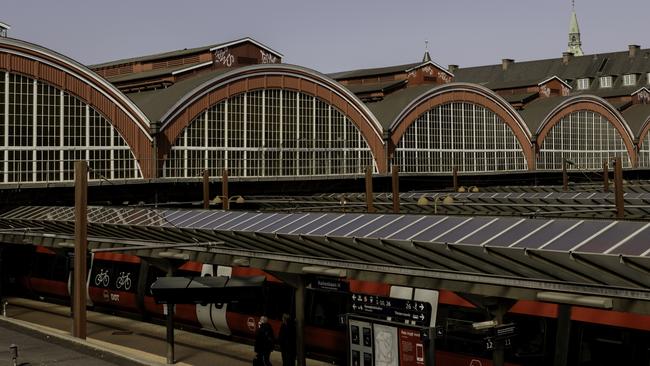
How to buy a Eurail Global Pass
A first-class Eurail Global Pass (allowing for 10 days of rail travel within two months) costs $951 ($748 for second class); seat reservations may incur additional charges, check the relevant country’s rail service app for details. Eurail offers travel to 30,000 destinations in 33 countries across Europe, allowing travellers the flexibility to create their own personalised journey. Select from options including a one-country or global pass (for unlimited travel in 33 countries), for durations between three days and three months.
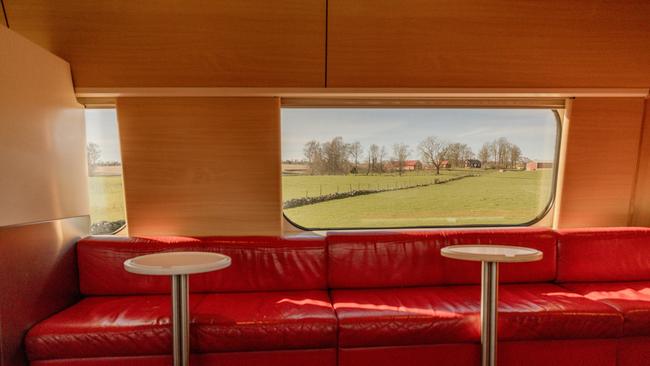
Tips from Kavita Kooijman, global brand strategist at Eurail.
1. Pack Light and Small – While most trains have luggage storage compartments, and most stations have elevators or escalators, it makes life easier to travel with a medium-sized suitcase with wheels.
2. Pre-Load Journeys – If you’re not sure of the exact train you’ll take (eg, when arriving off a long-haul flight), then pre-load a few options in the Eurail Rail Planner app. You can simply “toggle on” the train journey you end up taking as you arrive at the station.
3. Upgrade Yourself – Travelling on a first-class Eurail Pass costs only slightly more than a standard second-class option, but you’ll enjoy more spacious seats and more room for luggage.
4. Pre-Load Apps – In addition to downloading the Eurail Rail Planner App (which you’ll need to show your Eurail Pass and to plan journeys), download the apps for the national rail carriers of each country you’ll be visiting. This allows you to check the most up-to-date scheduling and platform information.
5. Consider Seat Reservations Options – Most journeys on the Eurail Pass don’t require seat reservations, but some do (especially international, high-speed and night trains). If you like to know your seat ahead of a journey, then you can pre-book for a few extra dollars. But if you’re more intrepid, just find a spare seat on board.
6. Pre-Pack Essentials – In addition to luggage, pack a separate bag or tote with essential items such as phone charger and reading material. Most major railways stations will have a kiosk, with many offering shopping and dining options. Arrive 30-45 minutes before departure to grab a coffee and pastry, or some wine and cheese. On many trains you can purchase food and drink on board.
7. Consider Off-Peak Travel – European railways are used as much by commuters as travellers, so consider travelling outside of rush hour.
8. Break Up Long Journeys – If a journey between two cities is going to take several hours, stop somewhere midway to stretch your legs and find a local eatery for lunch, then jump back on an afternoon service to your final destination.
Nikki Wallman was a guest of Eurail and Small Luxury Hotels of the World.
If you love to travel, sign up to our free weekly Travel + Luxury newsletter here.


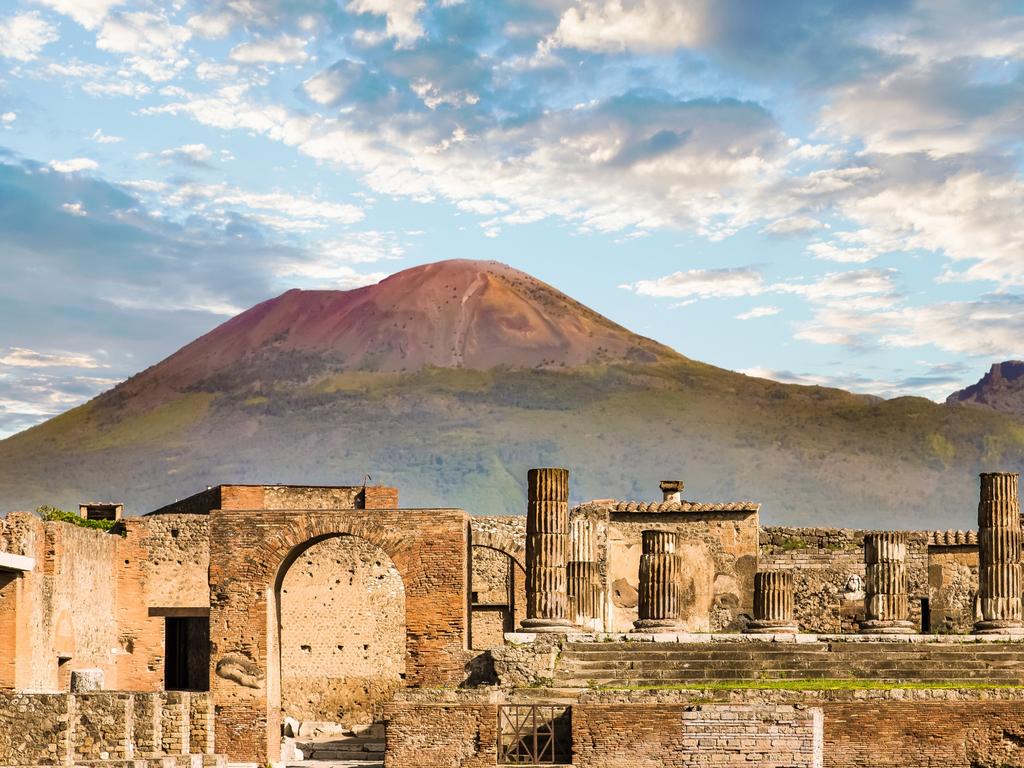
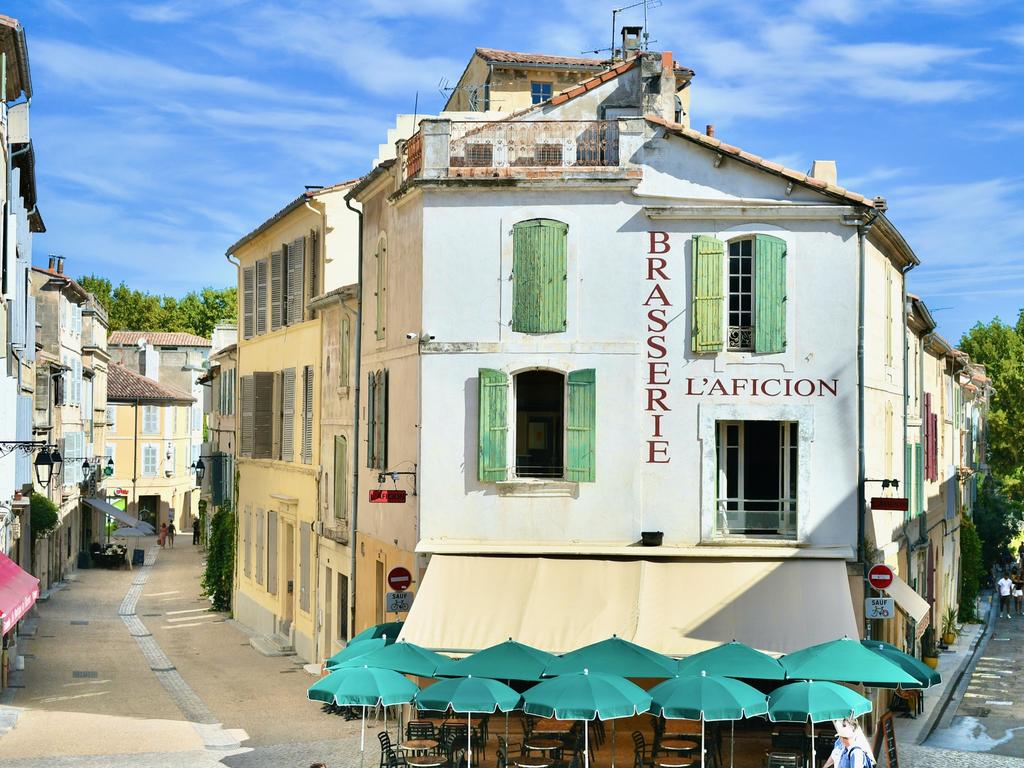
To join the conversation, please log in. Don't have an account? Register
Join the conversation, you are commenting as Logout